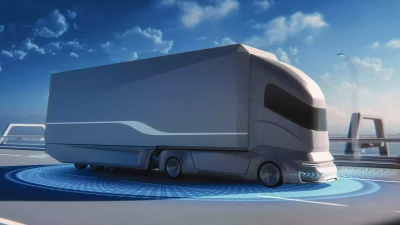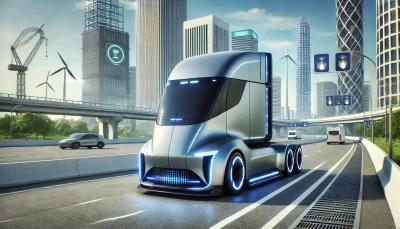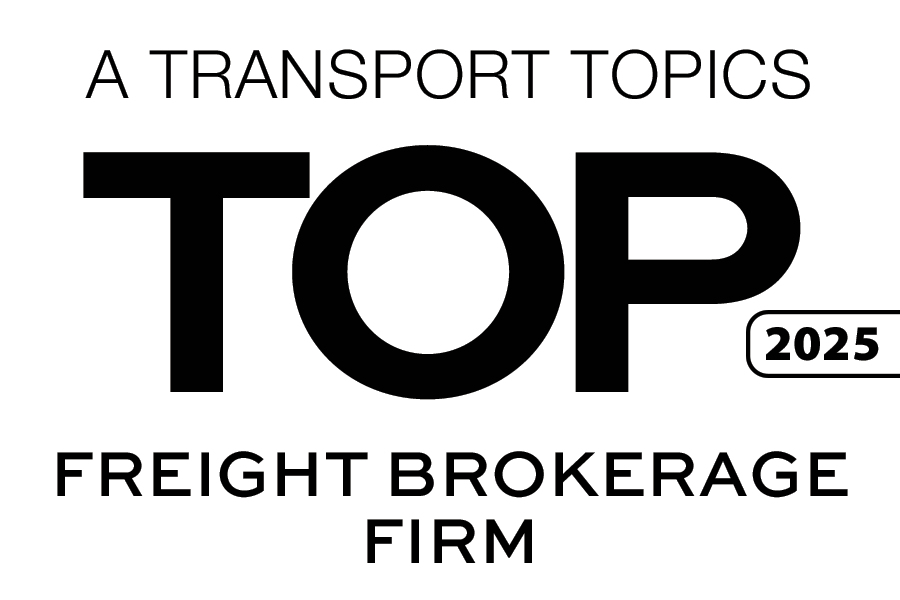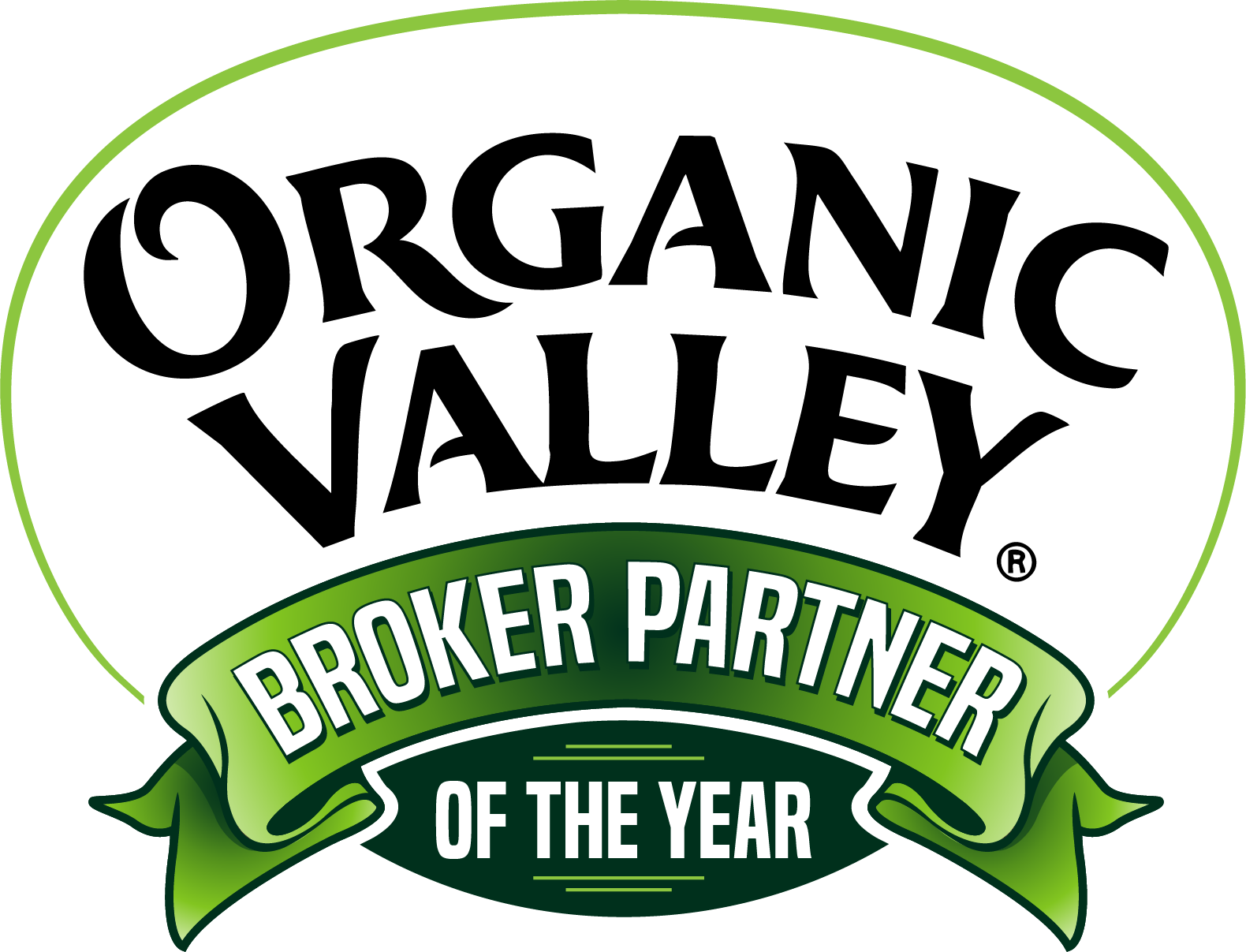Beyond the Hype: A Practical Approach to Automation in Transport
March 25, 2025
 The transportation industry is on the cusp of a major transformation, driven by rapid advancements in technology. While automation and AI-driven logistics promise to enhance efficiency, they also introduce new challenges that demand careful consideration. Industry leaders must ask themselves: How do we embrace innovation while ensuring it doesn’t disrupt the workforce or the broader supply chain?
The transportation industry is on the cusp of a major transformation, driven by rapid advancements in technology. While automation and AI-driven logistics promise to enhance efficiency, they also introduce new challenges that demand careful consideration. Industry leaders must ask themselves: How do we embrace innovation while ensuring it doesn’t disrupt the workforce or the broader supply chain?
“Everybody wants to be first,” says Transportation Manager Michael Potter. “Every major carrier wants to be the first one to implement the greatest and newest technology, from electric vehicles to self-driving. That’s great, but could it be dangerous?”
Technology is evolving at an unprecedented pace, offering solutions that streamline processes and improve operational efficiencies. From self-driving trucks to AI-powered route optimization, the potential for cost savings and enhanced safety is immense. However, this rapid progress also brings uncertainty. The question isn’t just about adopting new technologies but understanding their ripple effects on employment, supply chain stability, and overall industry dynamics.
For example, two years ago, truck drivers were widely celebrated as essential workers, playing a critical role in keeping America moving. Today, the industry is shifting toward automation, raising concerns about job security and the devaluation of skilled labor. How do we balance innovation with the human element? How do we ensure that technology serves as a tool for empowerment rather than displacement?
How can transport balance innovations in tech with the needs of human workers? Learn more in the latest episode of the Stay In Your Lane Podcast.
“If I was a shipper, I would feel more comfortable knowing that someone is there in case of an emergency,” Potter says of the debate over human drivers versus fully autonomous vehicles. “The last thing you want is one of your loads going down the street with no one behind the wheel.”
One of the biggest concerns is that the industry might push forward too quickly, implementing technologies before fully understanding their long-term consequences. The race to be the first to deploy self-driving trucks, electric fleets, or AI-driven logistics platforms is intense, but speed should not come at the cost of stability.
History has shown that when technology advances too aggressively, there can be backlash. If a system isn’t fully developed or fails to integrate well with human operators, adoption rates decline, and investments can go to waste. The key to long-term success is a measured approach—one that allows for thoughtful implementation, extensive testing, and seamless integration with existing operations.
 The most successful companies in transportation recognize that technology is only part of the equation. At the heart of the supply chain are people—drivers, dispatchers, warehouse workers, and countless others who keep goods moving efficiently. The companies that thrive will be those that leverage technology to complement human expertise rather than replace it.
The most successful companies in transportation recognize that technology is only part of the equation. At the heart of the supply chain are people—drivers, dispatchers, warehouse workers, and countless others who keep goods moving efficiently. The companies that thrive will be those that leverage technology to complement human expertise rather than replace it.
Listening is a critical skill in this process. Industry leaders must engage with workers, understand their concerns, and find ways to incorporate automation in a way that supports their roles rather than eliminates them. The goal should be to create technology that works with people, not against them.
The future of transportation will undoubtedly be shaped by technological advancements, but success will come to those who take a balanced approach. The industry must embrace innovation while also considering the broader impact on workers, business models, and the economy as a whole.
Thoughtful implementation, collaboration between technology and human expertise, and a commitment to sustainable progress are the keys to success in transport’s tech-driven future. At Triple T Transport, we understand the challenges facing the modern transportation industry and are committed to helping our partners navigate them with confidence. From managing capacity fluctuations to staying ahead of regulatory changes, our expert team provides the insights and reliable logistics solutions you need to keep your supply chain moving efficiently.














